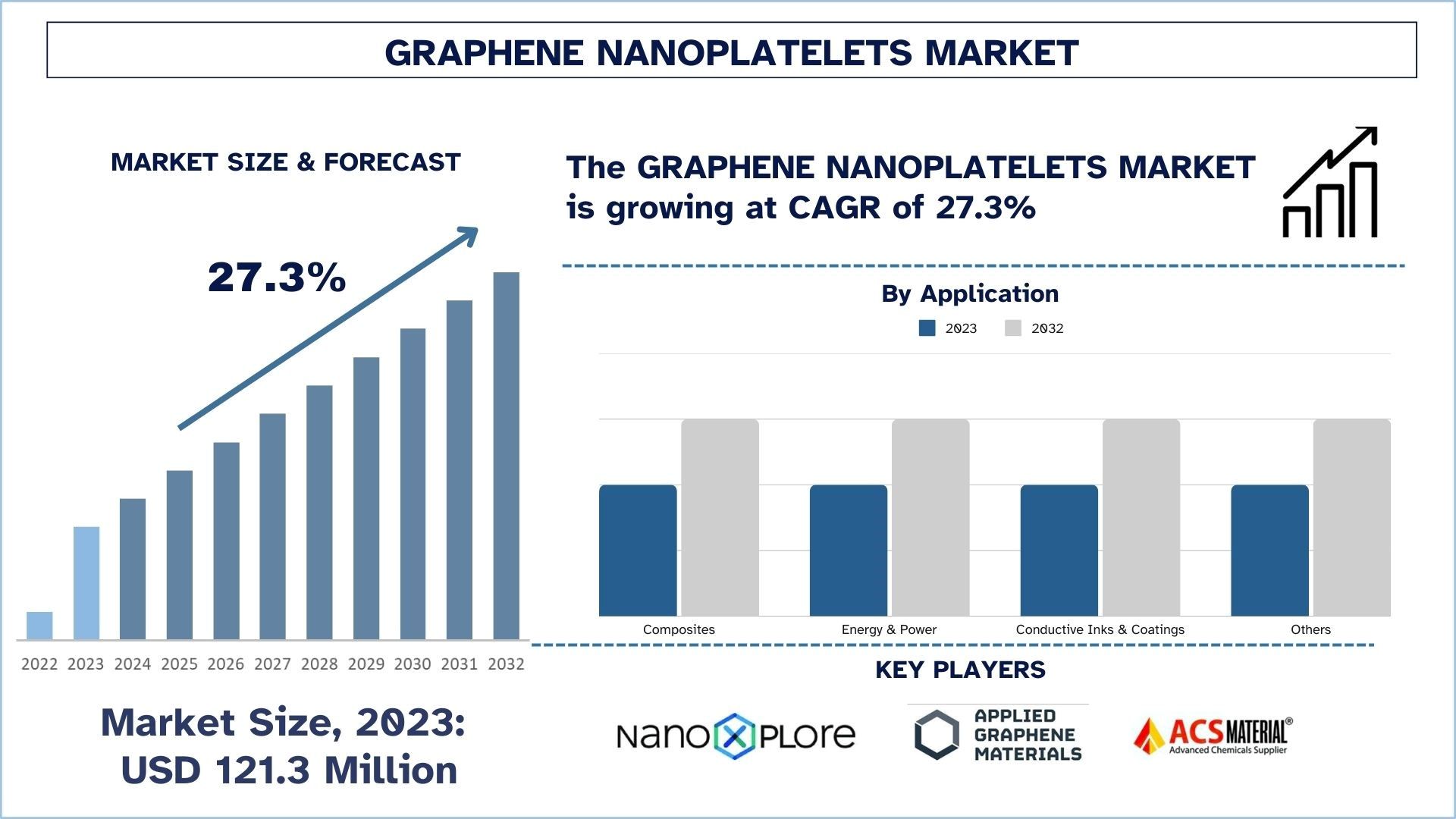
The Graphene Nanoplatelets market was valued at USD 121.3 Million in 2023 and is expected to grow at a strong CAGR of around 27.3% during the forecast period (2024-2032) owing to increasing demand for lightweight, high-performance materials in industries such as automotive, aerospace, and energy storage.
The graphene nanoplatelets (GNPs) market is progressing at a steep pace due to its outstanding qualities of strength, electrical conductivity, thermal stability, lightweight, etc. The characteristics that make GNPs so sought for in many of the processes across automotive, aerospace, energy storage, and electronics. Rising demand for advanced materials to enhance product performance and sustainability is pushing the market. The main drivers are the increased adoption of lightweight composites in automotive and aerospace, the progress in energy storage technologies, and the increased investment in nanotechnology-related research and development.
China is forecasted to experience the greatest market growth over the forecast period, owing to its dominance in graphene production, an advanced manufacturing base, and increasing investment in energy storage and electronics. Increasing industrialization, and government support for nanotechnology, are also drawing India into the picture as a key player. Graphene nanoplatelets market future outlook is positive promising larger applications in electric vehicles and renewable energy as well as high performance coatings. The predicted adoption of graphene nanoplatelets into different industries will increase as production technologies evolve and decrease in cost.
This section discusses the key market trends that are influencing the various segments of the Graphene Nanoplatelets market as identified by our team of research experts.
Increasing Demand for Lightweight and High-Performance Materials
The graphene nanoplatelets market is driven by growing demand for lightweight and high-performance materials. In these industries, as well as many others they are calling for materials that have strength, durability, and weight reduction, which supports fuel efficiency, decreases emissions, and improves overall system performance. The particularly strong and light graphene nanoplatelets are an ideal solution for these industries. Being able to improve material properties like tensile strength, flexibility, and heat resistance makes them highly desirable for use in manufacturing high-performance components such as body panels, batteries, and structural materials.
Advancements in Energy Storage
Game changers in energy storage technologies batteries and supercapacitors have been graphene nanoplates. With the world moving towards cleaner energy sources, the demand for high-capacity, fast-charging, and long-lasting energy storage solutions has grown. As they are highly conductive, graphene nanoplatelets have much greater surface area and energy storage capacity than traditional materials, such as graphite and lithium. Lithium batteries are improved, having more efficiency, faster recharge, and extended life. In recent years, the demand for energy storage technologies in electric vehicles and renewable energy systems as well as portable electronics has expanded, prompting an emergent need for graphene nanoplatelets in the development of next-generation energy storage technologies.
Industrialization and Technological Advancements
The increasing demand for advanced materials such as graphene nanoplatelets in the APAC continent has arisen from the rapid industrialization in emerging economies. With countries including China, India, and South Korea investing in technological breakthroughs to increase manufacturing capabilities, there is a need for materials to improve product performance, reduce weight, and increase durability. Given their unique properties, graphene nanoplatelets (GNPs) are a vital part of providing these demands due to their ability to create advanced composites, coatings, and electronics. In addition, innovations in manufacturing processes, such as cost-effective and scalable production techniques, are enabling graphene nanoplatelets to become available to industries and hence accelerate the adoption of graphene nanoplatelets in various applications.
Sustainability and Environmental Concerns
With the desire to lower environmental influence and adhere to ever-tightening emissions and waste legislation, industries across the globe have been focusing on sustainability. One of the sustainable solutions is graphene nanoplatelets because of the thin film-like structure, lightweight, and capability to improve the material’s efficiency with less of the more harmful or resource-intensive materials. For example, graphene-based composites can replace heavier metals and thus could be used to create lighter vehicles and lighter and more energy-efficient buildings within the construction and automotive sectors. Graphene nanoplatelets may also be used in renewable energy applications, such as solar panels and wind turbines, to improve performance and encourage the global movement away from dirty, unsustainable energy sources. Continued demand for eco-friendly as well as high-performance materials has been propelling up the graphene nanoplatelets market.
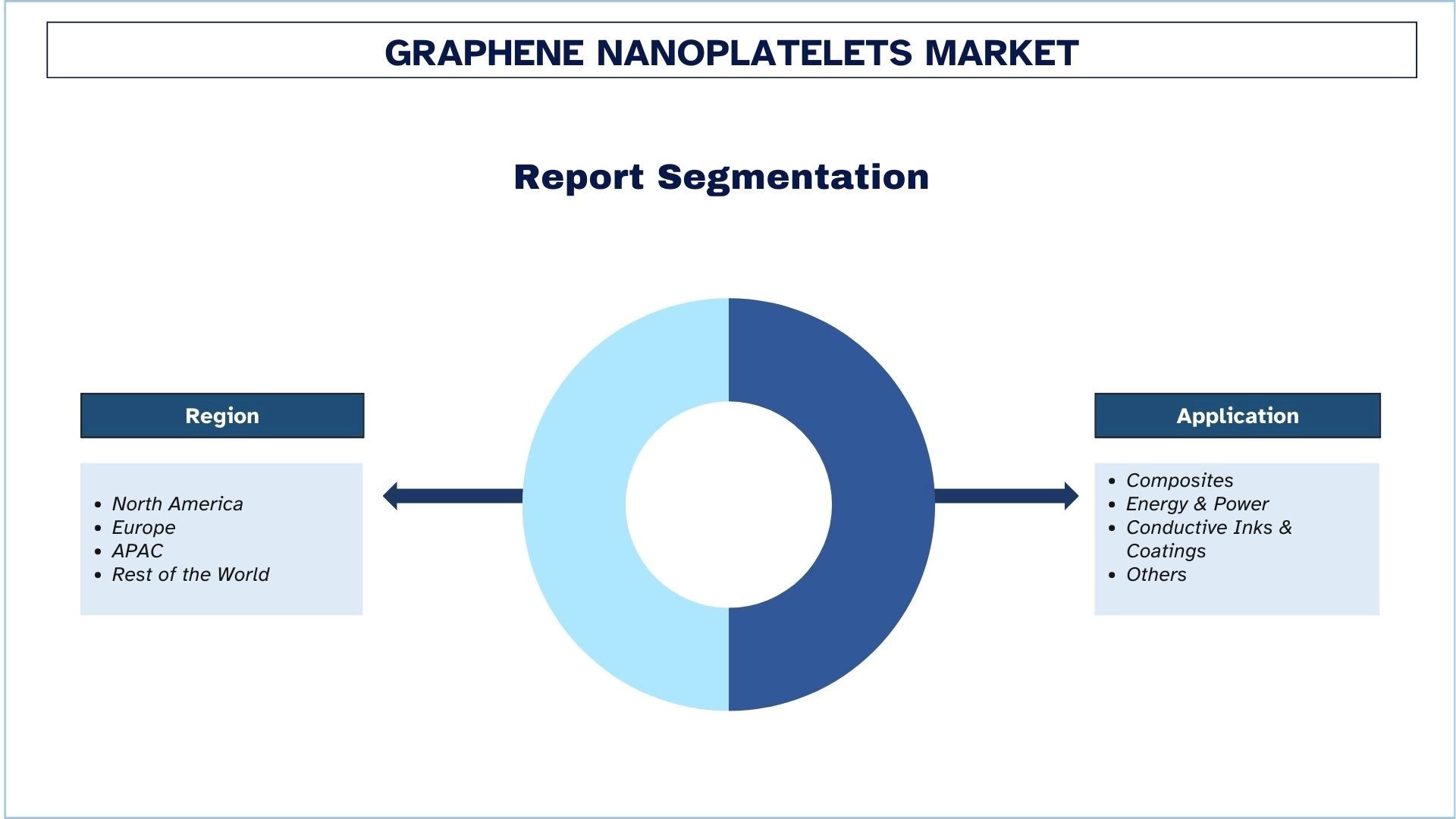
APAC is Expected to Grow with Significant CAGR During Forecast Period
The Asia Pacific (APAC) region is experiencing rapid growth as a key player in the graphene nanoplatelets (GNPs) market spurred by the fact that there is a rise in industrialization and technological advancements in the region alongside growing demand for superior materials in many sectors. For example, a number of countries, including China, Japan, South Korea, and India, are the leading players in graphene research and development, and companies and research institutes around these countries are investigating the potential application areas of GNPs in automotive, electronics, energy storage, and coatings as well.
APAC is seeing graphene nanoplatelets being incorporated into batteries, supercapacitors, and energy-efficient devices to enhance conductive performance and energy storage. GNPs are in demand in some of the clean technologies such as solar power, hydrogen storage, and electric vehicles due to the region’s push towards green energy solutions and sustainable development. Moreover, as graphene-based composites are gaining increasing acceptance by a spectrum of industries such as aerospace and automotive, the market is also being driven by other factors such as superior strength, lower weight, and improved durability.
Notably, China is a major player in the APAC graphene nanoplatelets market due to large investments in graphene production and research. The country has come a long way in scaling up the production of graphene and its derivatives and has become a global leader in the commercialization of graphene-based technologies. On the other hand, countries such as Japan and South Korea are pressing their advanced manufacturing know-how and solidly established technological infrastructure to further strengthen the use of graphene nanoplatelets in electronics, semiconductors, and biomedical fields. Innovations and sustainability are gaining a greater priority in APAC and the graphene nanoplatelets market is expected to experience a high growth rate in the region, providing a great scope of business for the market's existing and emerging players.
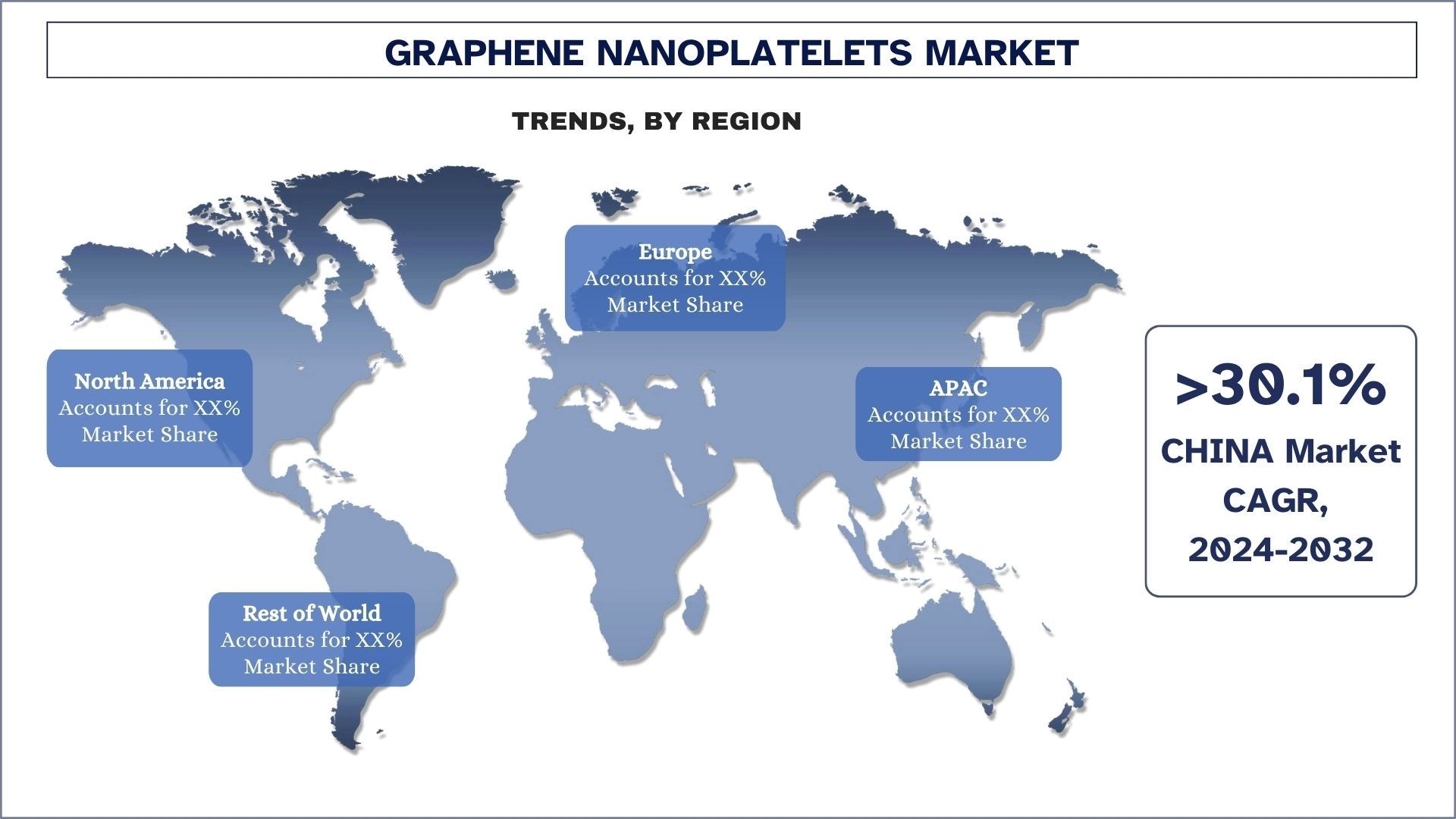
The Graphene Nanoplatelets market is competitive and fragmented, with the presence of several global and international market players. The key players are adopting different growth strategies to enhance their market presence, such as partnerships, agreements, collaborations, new product launches, geographical expansions, and mergers and acquisitions. Some of the major players operating in the market include NanoXplore Inc., Applied Graphene Materials (Universal Matter GBR Ltd), ACS Materials, Merck KGaA, Nanografi Nano Technology, Directa Plus S.p.A., Thomas Swan & Co. Ltd., Xiamen Knano Graphene Technology Co., Ltd., Haydale Graphene Industries PLC, and CVD Equipment Corporation.
In March 2023, Universal Matter UK Limited, a subsidiary of Universal Matter Inc., acquired Applied Graphene Materials UK Limited and Applied Graphene Materials LLC for $1.3 million.
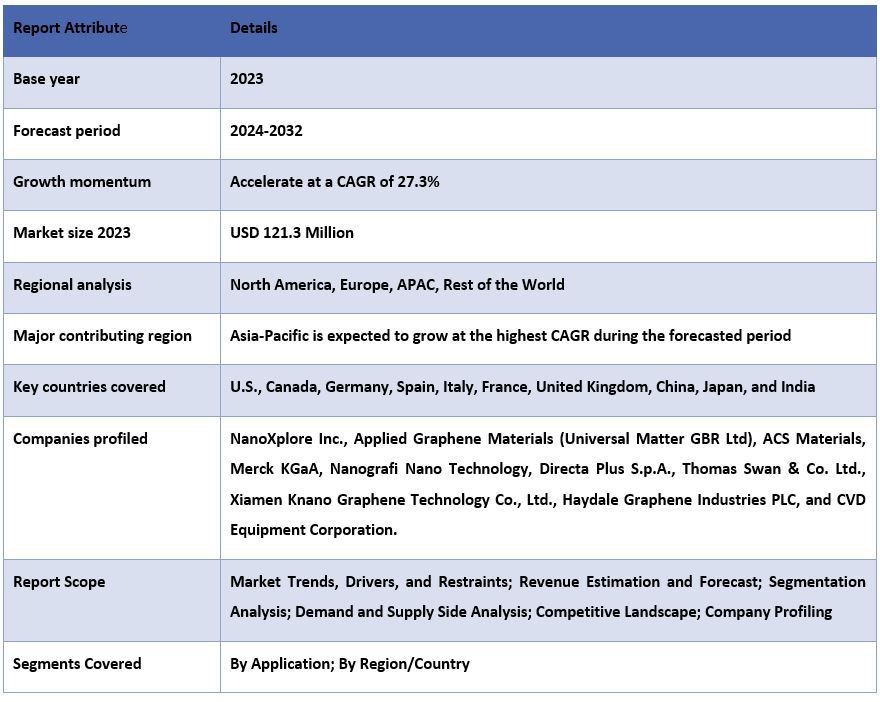
The study includes market sizing and forecasting analysis validated by authenticated key industry experts.
The report presents a quick review of overall industry performance at one glance.
The report covers an in-depth analysis of prominent industry peers with a primary focus on key business financials, product portfolios, expansion strategies, and recent developments.
Detailed examination of drivers, restraints, key trends, and opportunities prevailing in the industry.
The study comprehensively covers the market across different segments.
Deep dive regional level analysis of the industry.
The global Graphene Nanoplatelets market can further be customized as per the requirement or any other market segment. Besides this, UMI understands that you may have your own business needs, hence feel free to contact us to get a report that completely suits your requirements.
1. Market Introduction
2. Research Methodology Or Assumption
3. Executive Summary
4. Market Dynamics
5. Pricing Analysis
6. Global Graphene Nanoplatelets Market Revenue (USD Mn), 2022-2032F
7. Market Insights By Application
8. Market Insights By Region
9. Value Chain Analysis
10. Competitive Landscape
11. Company Profiled
12. Acronyms & Assumption
13. Annexure
Analyzing the historical market, estimating the current market, and forecasting the future market of global Graphene Nanoplatelets were the three major steps undertaken to create and explore the adoption of Graphene Nanoplatelets in major regions globally. Exhaustive secondary research was conducted to collect the historical market numbers and estimate the current market size. Secondly, numerous findings and assumptions were taken into consideration to validate these insights. Moreover, exhaustive primary interviews were also conducted with industry experts across the value chain of the global Graphene Nanoplatelets market. Post assumption and validation of market numbers through primary interviews, we employed a top-down/bottom-up approach to forecasting the complete market size. Thereafter, market breakdown and data triangulation methods were adopted to estimate and analyze the market size of segments and sub-segments of the industry. Detailed methodology is explained below:
Step 1: In-Depth Study of Secondary Sources:
Detail secondary study was conducted to obtain the historical market size of Graphene Nanoplatelets through company internal sources such as annual reports & financial statements, performance presentations, press releases, etc., and external sources including journals, news & articles, government publications, competitor publications, sector reports, third-party database, and other credible publications.
Step 2: Market Segmentation:
After obtaining the historical market size of Graphene Nanoplatelets, we conducted a detailed secondary analysis to gather historical market insights and share for different segments and sub-segments for major regions. Major segments are included in the report, such as Application. Further country-level analyses were conducted to evaluate the overall adoption of testing models in that region.
Step 3: Factor Analysis:
After acquiring the historical market size of different segments and sub-segments, we conducted a detailed factor analysis to estimate the current market size of Graphene Nanoplatelets. Further, we conducted factor analysis using dependent and independent variables such as Application of Graphene Nanoplatelets market. A thorough analysis was conducted of demand and supply-side scenarios considering top partnerships, mergers and acquisitions, business expansion, and product launches in the Graphene Nanoplatelets sector across the globe.
Current Market Sizing: Based on actionable insights from the above 3 steps, we arrived at the current market size, key players in the global Graphene Nanoplatelets market, and market shares of the segments. All the required percentage shares split, and market breakdowns were determined using the above-mentioned secondary approach and were verified through primary interviews.
Estimation & Forecasting: For market estimation and forecast, weights were assigned to different factors including drivers & trends, restraints, and opportunities available for the stakeholders. After analyzing these factors, relevant forecasting techniques i.e., the top-down/bottom-up approach were applied to arrive at the market forecast for 2032 for different segments and sub-segments across the major markets globally. The research methodology adopted to estimate the market size encompasses:
The industry’s market size, in terms of revenue (USD) and the adoption rate of the Graphene Nanoplatelets across the major markets domestically
All percentage shares, splits, and breakdowns of market segments and sub-segments
Key players in the global Graphene Nanoplatelets market in terms of products offered. Also, the growth strategies adopted by these players to compete in the fast-growing market
Primary Research: In-depth interviews were conducted with the Key Opinion Leaders (KOLs) including Top Level Executives (CXO/VPs, Sales Head, Marketing Head, Operational Head, Regional Head, Country Head, etc.) across major regions. Primary research findings were then summarized, and statistical analysis was performed to prove the stated hypothesis. Inputs from primary research were consolidated with secondary findings, hence turning information into actionable insights.
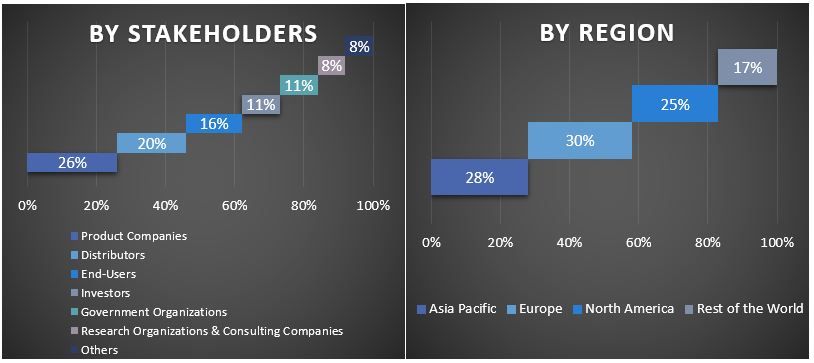
The data triangulation technique was employed to complete the overall market estimation and to arrive at precise statistical numbers for each segment and sub-segment of the global Graphene Nanoplatelets market. Data was split into several segments & sub-segments post studying various parameters and trends in the areas of Application in the global Graphene Nanoplatelets market.
The current & future market trends of the global Graphene Nanoplatelets market were pinpointed in the study. Investors can gain strategic insights to base their discretion for investments on the qualitative and quantitative analysis performed in the study. Current and future market trends determined the overall attractiveness of the market at a regional level, providing a platform for the industrial participant to exploit the untapped market to benefit from a first-mover advantage. Other quantitative goals of the studies include:
Analyze the current and forecast market size of Graphene Nanoplatelets industry in terms of value (USD). Also, analyze the current and forecast market size of different segments and sub-segments
Segments in the study include areas of Application
Define and analysis of the regulatory framework for the Graphene Nanoplatelets industry
Analyze the value chain involved with the presence of various intermediaries, along with analyzing customer and competitor behaviors of the industry
Analyze the current and forecast market size of the Graphene Nanoplatelets market for the major region
Major countries of regions studied in the report include Asia Pacific, Europe, North America, and the Rest of the World
Company profiles of the Graphene Nanoplatelets market and the growth strategies adopted by the market players to sustain in the fast-growing market
Deep dive regional level analysis of the industry
Q1: What is the current market size and growth potential of the Graphene Nanoplatelets market?
The Graphene Nanoplatelets Market was valued at USD 121.3 Million in 2023 and is expected to grow at a strong CAGR of around 27.3% during the forecast period (2024-2032).
Q2: What are the driving factors for the growth of the Graphene Nanoplatelets market?
The driving factors for the growth of the Graphene Nanoplatelets market include government support, advancements in production technologies, increasing demand for high-performance materials in energy storage, electronics, and automotive sectors, and growing investments in research and development.
Q3: Which segment has the largest share in the Graphene Nanoplatelets market by Application?
The Composites segment has the largest share of the Graphene Nanoplatelets market by Application.
Q4: What are the emerging technologies and trends in the Graphene Nanoplatelets market?
Emerging technologies and trends in the Graphene Nanoplatelets market include advancements in scalable production methods, integration into energy storage devices, enhanced composite materials for automotive and aerospace, and increased applications in sensors, electronics, and biomedical fields.
Q5: Which region will dominate in the Graphene Nanoplatelets market?
APAC is expected to dominate the market during the forecast period.
Customers who bought this item also bought